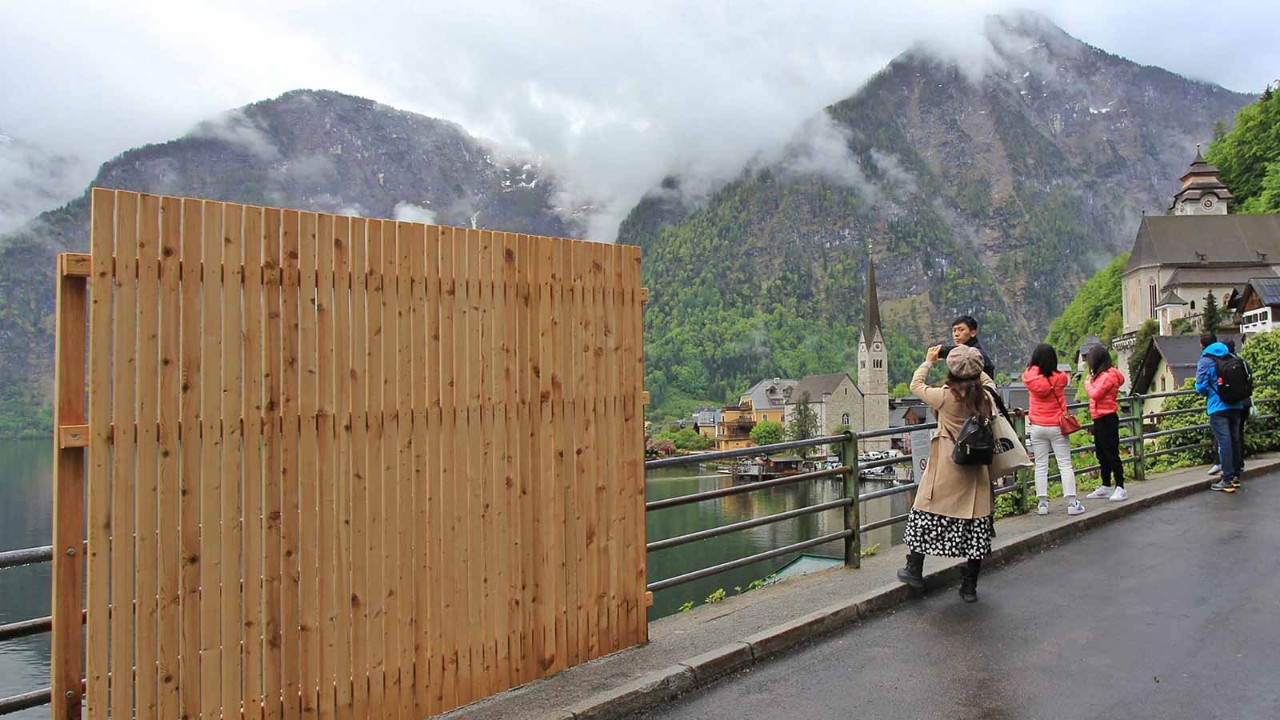
How much is selfie culture harming the goose that lays the golden tourism egg? I was thinking about this during a recent day trip to the picture-postcard Austrian village of Hallstatt, which has been in the news because locals are concerned about overtourism.
It is a valid grouse. If a community of no more than 1,000 permanent residents gets up to 10 times as many visitors a day, locals will surely feel overwhelmed and crowded out.
It doesn’t help that not all tourists are good guests. Some of my fellow travellers were obsessed with taking photos and videos for their social-media posts – social-media boasts is perhaps a better term – without really taking in what was around them. It can’t be pleasant hosting people who support the tyranny of the selfie.
Home truths
But overtourism involves a lot more than inconsiderate and unappreciative visitors. There is also a socioeconomic impact when a destination receives too many visitors, worsening both the quality of life of the local population and the experiences of tourists.
Property values often soar, propelled by the growth of the short-term rental market
In tourism hotspots, property values often soar, propelled by the growth of the short-term rental market. As a result, locals find it hard to afford homes in these places.
‘Touristification’, a form of gentrification, usually goes hand in hand with overtourism. It, too, edges out residents and tends to alter the character of the destination. High volumes of visitors also add to traffic congestion and environmental degradation.
Another problem associated with overtourism is when a low proportion of the tourism dollar stays within the community. This happens when large companies and out-of-towners are the destination’s dominant players. As Rajan Datar, host of BBC radio show The Tourist Trap, puts it, ‘Locals can end up feeling like extras in their own movie.’
Like overfishing or overlogging, overtourism is about rapid and uncontrolled depletion of resources
Goodbye, goodwill
Like overfishing or overlogging, overtourism is about rapid and uncontrolled depletion of resources that outpaces the renewal rate. The difference is that tourism’s dwindling resources are mostly intangible. When overtourism sours things, goodwill erodes quickly and holidaymakers may have less enjoyable trips.
Social-media users amplify overtourism by drawing attention to a relatively small number of Instagrammable places like Hallstatt, thus spurring people to flock to the same few spots, sometimes for superficial reasons.
Another example is the Japanese town of Fujikawaguchiko, which has become a popular destination because people love taking souvenir shots of Mount Fuji rising behind a convenience store. The town recently hit the headlines when, in response to complaints about jaywalking and littering, officials blocked access to that iconic camera angle.
Knee-jerk responses can backfire by sending out the wrong message
Clearly, travellers need to be encouraged to venture beyond what’s trending on social media. UN Tourism data shows that the 10 countries with the most tourist arrivals per year – the top three are France, Spain and the US – account for 48% of the global total.
Certainly, people must better understand what it takes to be responsible tourists. But the steady hand on the tiller should be the authorities.
Plan carefully
Overtourism has to be handled with careful planning and coordination, and a close watch over the risks and returns of tourism-related activities. Knee-jerk responses can backfire by sending out the wrong message; some recent official reactions – from Venice’s decision to charge day trippers a €5 fee to a ban on tourists in parts of Kyoto’s geisha district – have come across as unfriendly and clumsy.
The authorities can’t just recognise revenue from tourism without counting the costs. Socioeconomic impact assessments ought to be part of the approval process for major tourism-related projects.
In the fable, greed and short-sightedness led to the killing of the goose that laid the golden eggs. These two flaws are indeed big factors in overtourism but, at the same time, we can’t expect the goose to have a healthy, happy life if the husbandry lacks thought and care.




